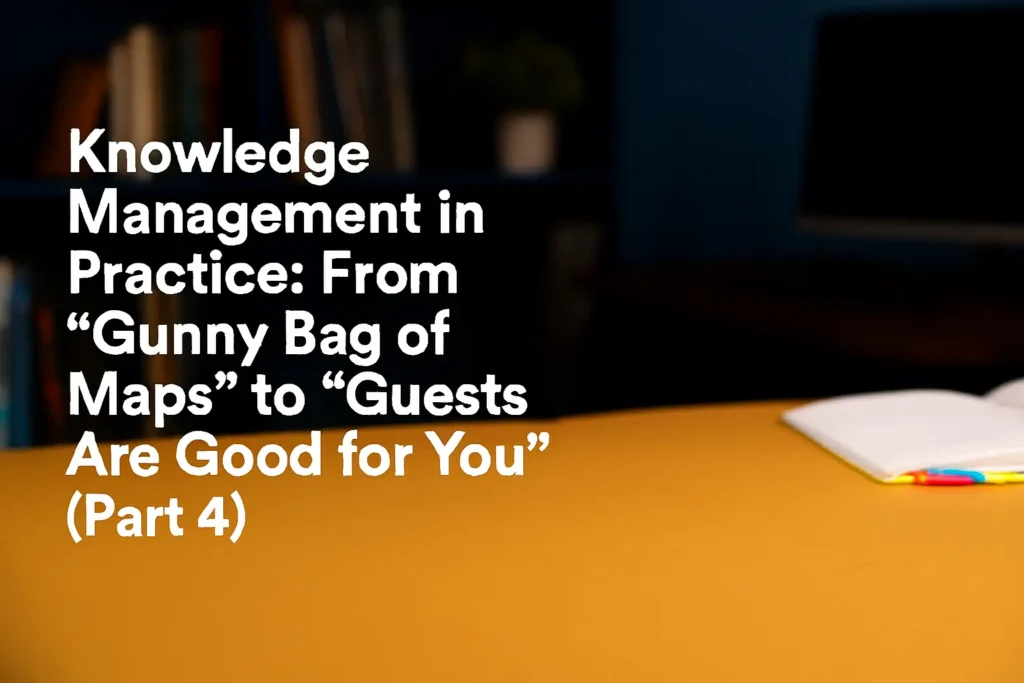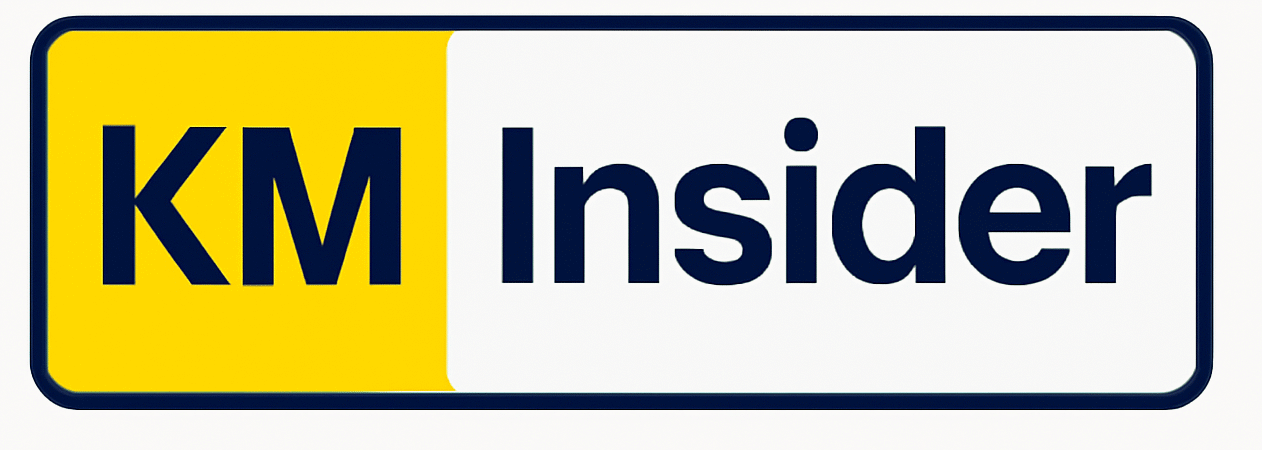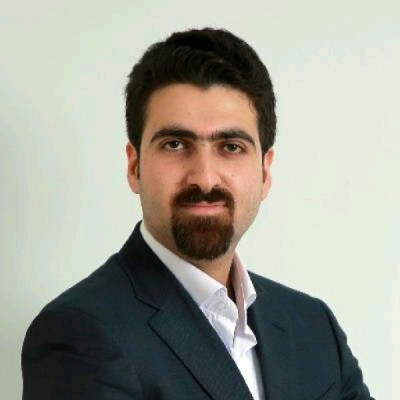Introduction
Implementing knowledge management (KM) solutions across different organizations in Iran has been a continuous journey of learning and discovery. During workshops and meetings, we often encounter fascinating real-life examples that reflect the challenges and opportunities of KM in action. Sharing these stories may help others who are trying to make KM a living, breathing practice within their organizations.

This article is the fourth part of the ongoing series titled “Knowledge Management in Practice,” which captures real experiences, humorous moments, and practical lessons from KM implementations across various sectors.
Read: Knowledge Management in Practice: From Mischievous Cats to the Miracle Room! (Part 1)
Read: Knowledge Management in Practice: From ‘Just Half a Bar’ to Motorbike Leadership (Part 2)
Read: Knowledge Management in Practice: From “Student-Style CEOs” to Sweet KM Lunches (Part 3)
Here are a few of those memorable cases—and what they quietly teach us about knowledge.
The Gunny Bag of Maps!
During a meeting with the KM officer of a petrochemical company in Iran, he smiled and shared a story that dated back some 15 years.
“I was about to board a flight to one of the southern cities for a business trip,” he said. “Just before passing the airport gate, one of my colleagues ran up to me and said, ‘Engineer, please take this gunny bag with you!’ I asked what was inside. He replied, quite casually, ‘It’s full of maps.’”
He paused and added, “For a few seconds I was in shock. Then, right there, I realized that our company had no real system for managing either explicit or tacit knowledge. Why should maps and critical documents be flying around in burlap sacks? During that very flight, I drafted the first conceptual model for our knowledge management system.”
This story clearly illustrates the consequences of not having an integrated knowledge management system. When organizations lack proper infrastructure to store, organize, and retrieve explicit knowledge, critical information ends up being scattered, unreliable, and—at times—handled in absurd ways, like a “gunny bag of maps.”
The absence of such a system means that documented knowledge is neither properly preserved nor readily accessible when needed.
This case reminds us that establishing a comprehensive and structured KM system is essential for knowledge transfer, organizational agility, and data-informed decision-making.
“We Don’t Have Any Procedures!”
In a meeting with the Head of Systems and Methods at an insurance company, he recalled a recent leadership session:
“During a management meeting, one of the technical directors complained: ‘We don’t have any updated operational procedures or documented guidelines!’”
The systems manager looked astonished and replied,
“Sir, we’ve updated all those documents over the past year, uploaded them into the document management system, and even issued the formal communication through our internal automation tool! How can you say they don’t exist?”
This situation is surprisingly common. Many organizations have a wealth of explicit knowledge—manuals, procedures, and records—but employees don’t know it exists or don’t know where to find it. Effective KM is not only about capturing knowledge but also about ensuring visibility, accessibility, and engagement with that knowledge. The problem is not always lack of documentation—it’s often lack of connection.
A Supportive Leader Is a Dream Come True!
At a leading company in the cellulose industry, we were invited to deliver a “Knowledge Ambassadors” training program. The session began at 8 a.m. with about 30 participants. Around 9 a.m., the CEO himself walked in.
At first, I assumed he would stay for 10 or 15 minutes out of courtesy. But to my surprise, he stayed until 2 p.m.—participating enthusiastically, asking questions, and even joining group discussions like one of the team.
In knowledge management literature, executive sponsorship is cited as a key success factor—but it is often discussed in abstract terms. This story brings it to life. When leaders personally engage in KM initiatives—not just approving budgets or issuing memos—they send a powerful message: “Knowledge matters here.” Genuine involvement from top management transforms KM from a project into a culture.
Don’t Forget Pareto!
During a discussion with the Vice President for Research at an electricity organization, he began listing his department’s activities.
For nearly an hour, he recited around 60 separate tasks and projects! I asked how many people worked with him. He smiled and said,
“Thirteen staff—and four real warriors!”
I asked, “And if those four warriors left?”
He laughed and replied, “Then we’d be doomed! That’s why we brought you in—to prevent that from happening!”
This humorous exchange highlights the Pareto Principle—the 80/20 rule—within knowledge ecosystems. In many organizations, 20% of people carry 80% of critical knowledge. Without knowledge capture, mentoring, and transfer mechanisms, this concentration of expertise creates serious risk. KM helps distribute knowledge more evenly, ensuring the organization’s resilience when “the four warriors” move on.
Guests Are Good for You!
In a meeting with a senior manager from a national water organization, we discussed the upcoming KM standard audit. To my surprise, he was genuinely enthusiastic about it. When I asked why, he smiled and said:
“When guests visit your home, you tend to clean up, right? You fix things, tidy up, and make the place shine again. The auditors are like guests—they make the organization wake up, take a fresh look at itself, and shake off the dust!”
External audits and assessments are not just bureaucratic rituals—they act as catalysts for organizational reflection and renewal. The “guest effect” brings energy, accountability, and sometimes even pride back into the KM process. Like houseguests, auditors remind organizations to look at themselves with fresh eyes.

